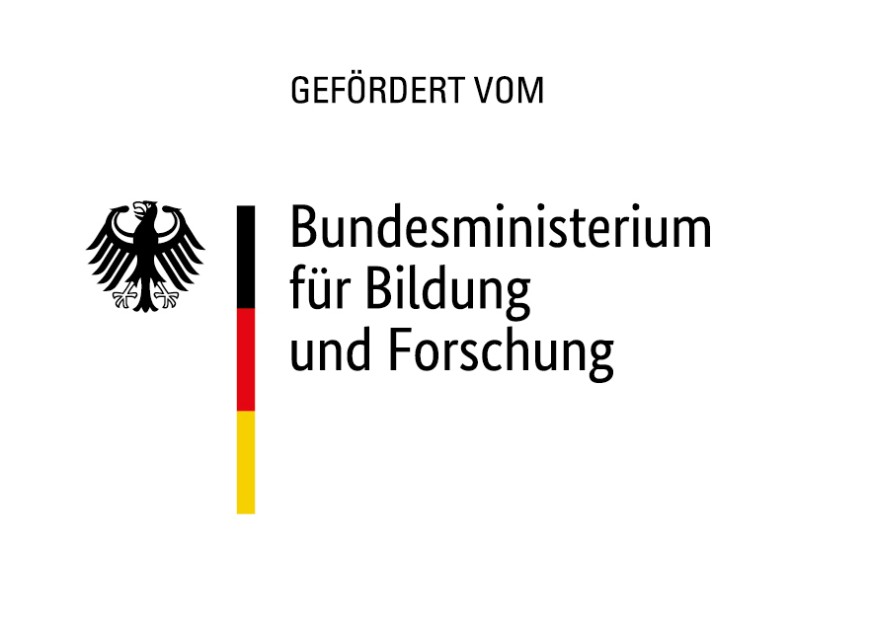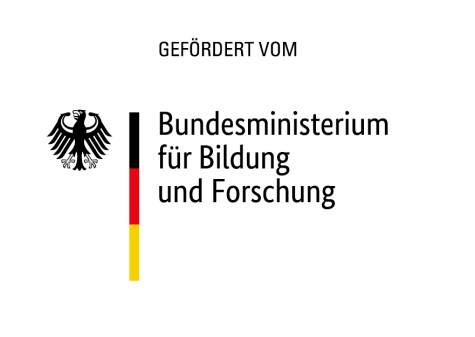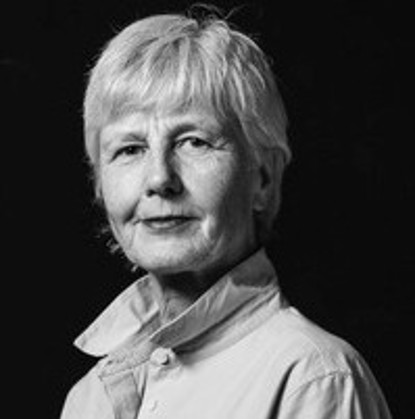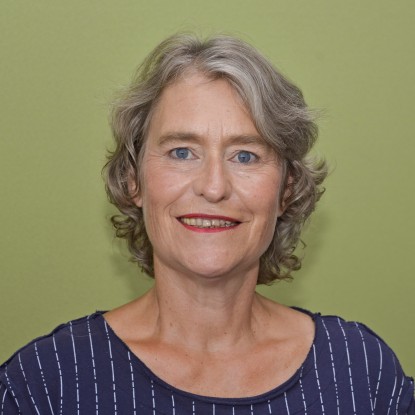ΦΩΣ 4D – A tool for affordance-based daylight analysis in ancient houses using simulation
Daylight plays an essential role in the analysis of ancient houses. Its availability structures and determines the various possible uses (i.e. affordances) of the built space in the course of the day and throughout the year. Daylight thus acquires an object-like character.
The aim of this BMBF-funded project is to develop a metric based on digital reconstruction and computer simulation that establishes connections between the available daylight and its possible uses associated with it in ancient houses and workspaces.
The interdisciplinary joint project of the TU Darmstadt and the University of Leipzig consists of four research groups from the fields of archaeology, building research, light sciences and ancient history. As the core of the sub-project “Case Studies – Metrics – Theory” at the TU Darmstadt, a metric and method for determining the available daylight will be developed through digital reconstruction of the buildings and computer simulation in four case studies of ancient Greek and Roman houses and comparatively examined with their material furnishings.
Granted Projects of the Special “Digitale Innovationen in den Geistes- und Sozialwissenschaften”
Coordination: TU Darmstadt, Fachgebiet Klassische Archäologie
Teams
- Archäologie: Fachgebiet Klassische Archäologie, TU Darmstadt, Prof. Dr. Franziska Lang, Julian Hollaender, Jane Kreiser
- Lichtwissenschaften: Fachgebiet Klassische Archäologie, TU Darmstadt, Dr.-Ing. Andreas Noback und Institut für Bauingenieurwesen, CC Gebäudehülle und Ingenieurbau, Hochschule Luzern, Dr.-Ing. Lars Oliver Grobe
- Bauforschung: Fachgebiet Klassische Archäologie, TU Darmstadt, Dr.-Ing. Clemens Brünenberg, Claudia Mächler
- Alte Geschichte: Alte Geschichte, Universität Leipzig, Prof. Dr. Charlotte Schubert, Dr. Roxana Kath






